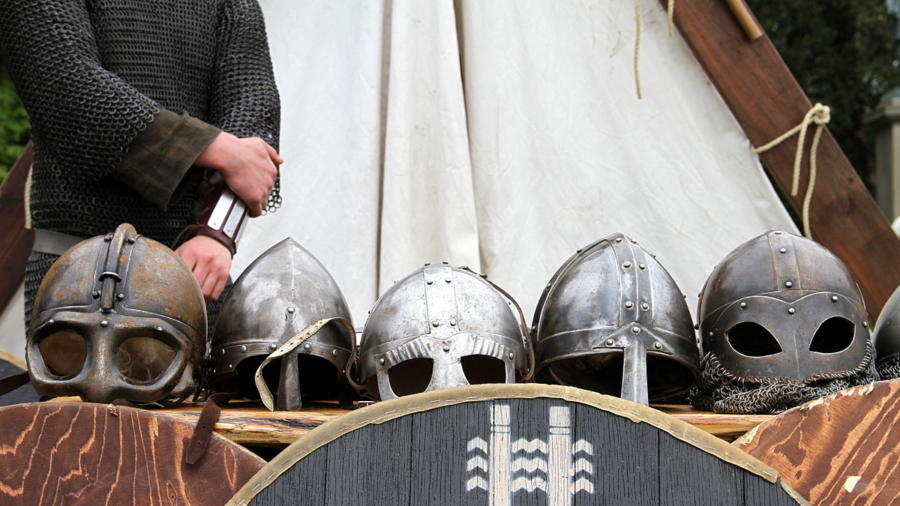Scientists assumed a few things about a Viking skeleton they excavated in the 1800s.
The skeleton was buried with two horses, an ax, a sword, a spear, a battle knife, and shields, so they assumed the skeleton belonged to a warrior.
A board game lay in the skeleton’s lap, so they assumed the man was a powerful military leader.
Except it wasn’t a man.
The skeleton actually belongs to a woman, according to results of a DNA test published Friday in the American Journal of Physical Anthropology.

“It’s actually a woman, somewhere over the age of 30 and fairly tall, too, measuring around 5 feet 6 inches tall,” Charlotte Hedenstierna-Jonson, an archaeologist at Uppsala University told The Local.
The woman warrior was buried in the mid-10th century in the Viking town of Birka. The gaming set found on her lap was complete with a full set of pieces.
“The gaming set indicates that she was an officer,” Hedenstierna-Jonson said. “Someone who worked with tactics and strategy and could lead troops in battle.”
Scientists have long assumed that the skeleton belonged to man because it was buried with weapons. Several years ago, Anna Kjellström, a bone and skeleton scientist, noted that the cheekbones were narrow and the pelvic bones were feminine. Scientists tested the DNA and the results proved a century-old assumption wrong.

“Using ancient DNA for sex identification is useful when working with children for example, but can also help to resolve controversial cases such as this one,” said Maja Krzewinska, an archaeologist at the Stockholm University.
The discovery of a female warrior is the first of its kind, according to Neil Price, a professor of archaeology at Uppsala University.
“Written sources mention female warriors occasionally,” Price told phys.org. “But this is the first time that we’ve really found convincing archaeological evidence for their existence.”
Vikings were adept sailors. They raided and traded with countries in north, central and eastern Europe from the late 8th to the late 11th centuries.


